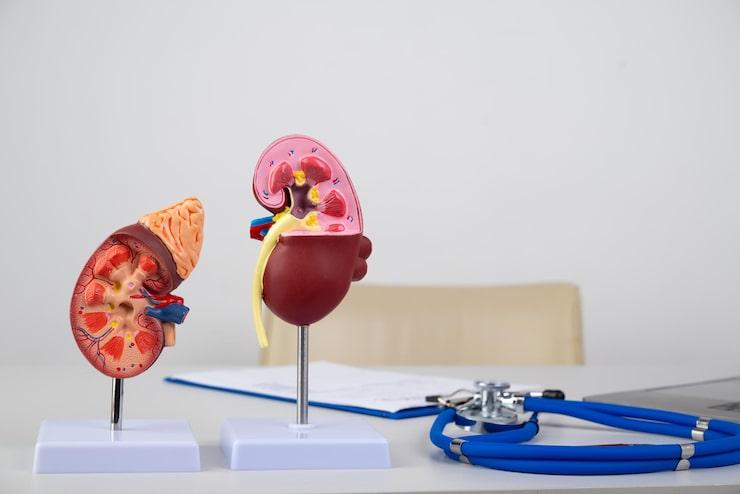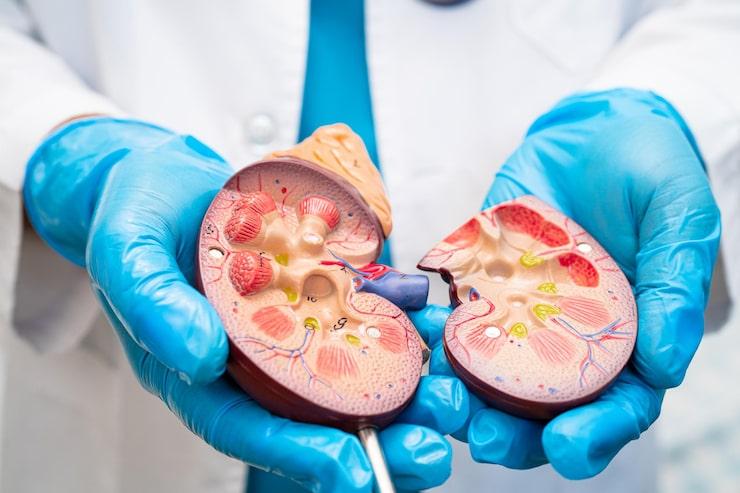
Anatomical Models of Kidneys
When there is too much waste and not enough liquid in the urine, kidney stones—small, hard deposits—form in the kidneys. Larger stones might need medical attention, but smaller stones usually go away on their own. We'll provide a clear and understandable explanation of the typical kidney stone removal techniques in this blog.
Kidney stones don't always need to be removed. Nonetheless, the following circumstances usually suggest that removal is required:
To facilitate the kidney stone's easier passage through the urine, ESWL uses sound waves to break it up into smaller pieces.
The method used:
Recovery**:** Stone fragments may be passed over several days, but most people return home the same day.
Used when the kidney itself or the ureter—the tube that connects the kidney and bladder—has a stone.
The method used:
Recuperation: On the day of the procedure, patients typically return home. Urine flow may be aided by the placement of a temporary stent, which is a tiny tube.
For large or complicated stones, surgery
Used for bigger stones that are resistant to other treatments.
The method used:
Recovery: Usually calls for a hospital stay of one to two days.

Model of an open kidney
Kidney stone removal has advanced significantly and is now less invasive and safer than before. Doctors can efficiently treat kidney stones and hasten your recovery using sound waves, tiny scopes, or surgery. See your doctor to find out the best course of action if you suspect kidney stones.
We offer expert care across key specialties, including Medicine, Cardiology, Orthopaedics, ENT, Gynaecology, and more—delivering trusted treatment under one roof.
Prakash Hospital Pvt. Ltd. is a 100 bedded NABH NABL accredited multispecialty hospital along with a center of trauma and orthopedics. We are in the service of society since 2001.
OUR SPECIALITIES
Contact Us
D – 12A, 12B, Sector-33, G. B. Nagar, Noida, Uttar Pradesh 201301
+91-8826000033

© 2025 All rights reserved.
Designed and Developed by Zarle Infotech